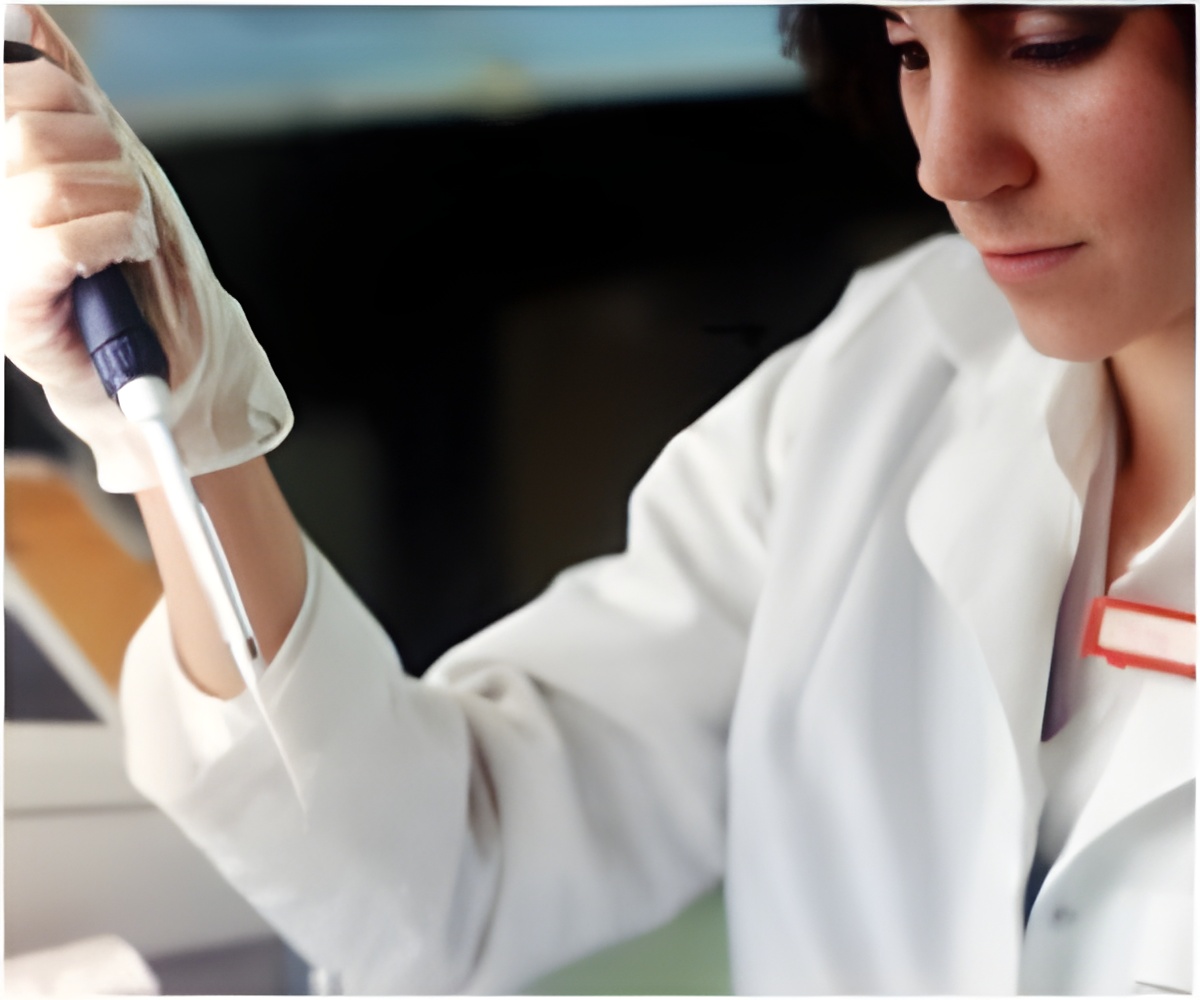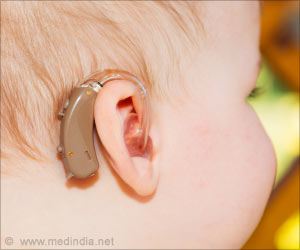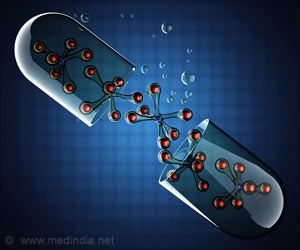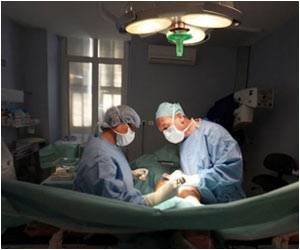A 3D-printed tissue that closely mimics the human liver's sophisticated structure and function has been developed by researchers at University of California.

‘A 3D-printed tissue that closely mimics the human liver's sophisticated structure and function has been developed by researchers. Pharmaceutical companies could use it to do pilot studies on their new drugs.’





"We have made a tool that pharmaceutical companies could use to do pilot studies on their new drugs, and they won't have to wait until animal or human trials to test a drug's safety and efficacy on patients," said Shaochen Chen, nanoengineering professor at the UC San Diego's Jacobs School of Engineering. The team engineered a human liver tissue model that more closely resembles the real thing - a diverse combination of liver cells and supporting cells systematically organized in a hexagonal pattern.
The liver is unique in that it receives a dual blood supply with different pressures and chemical constituents.
"Our model has the potential of reproducing this intricate blood supply system, thus providing unprecedented understanding of the complex coupling between circulation and metabolic functions of the liver in health and disease," Chen explained.
The entire structure - 200 micrometers thick - takes just seconds to print. This is a vast improvement over other methods to print liver models which typically take hours.
Advertisement
They found that their model was able to maintain these functions over a longer time period than other liver models.
Advertisement
"I think that this will serve as a great drug screening tool for pharmaceutical companies and that our 3D bioprinting technology opens the door for patient-specific organ printing in the future," Chen added in a paper published in the Proceedings of the National Academy of Sciences.
The liver tissue constructed by this novel 3D printing technology will also be extremely useful in reproducing in vitro disease models such as hepatitis, cirrhosis, and cancer, the authors noted.
Source-IANS















